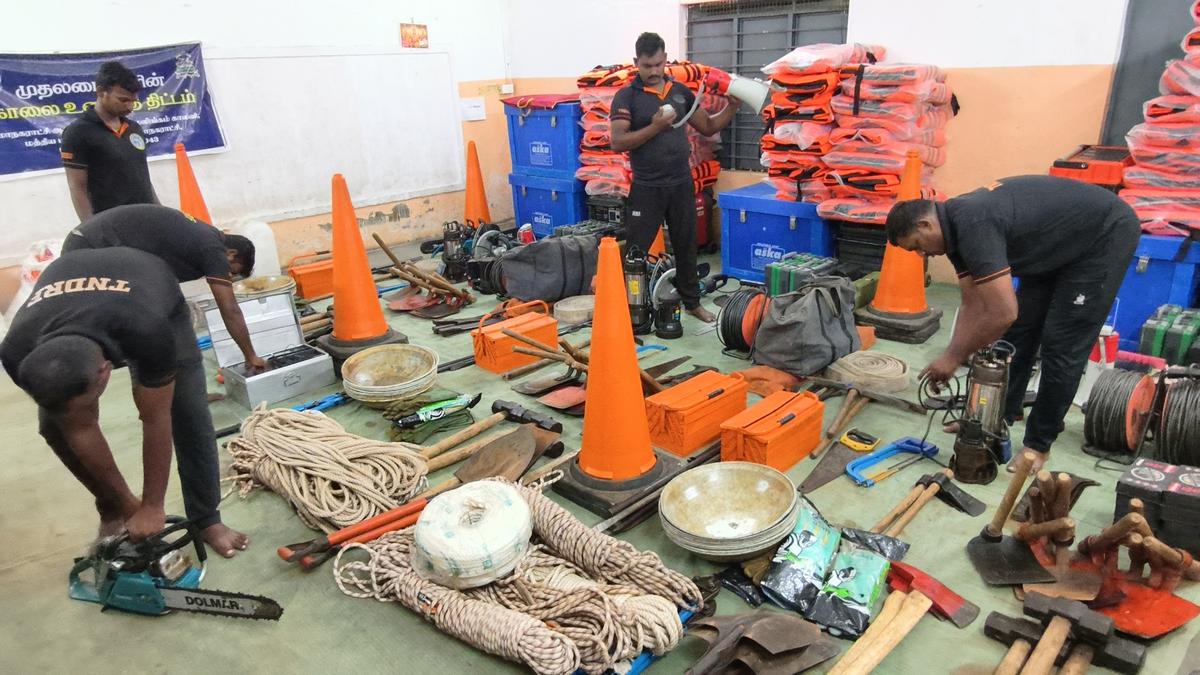Now Reading: Heavy Rains Batter Nilgiris and Coimbatore Districts
-
01
Heavy Rains Batter Nilgiris and Coimbatore Districts
Heavy Rains Batter Nilgiris and Coimbatore Districts

Quick Summary
- Heavy rainfall lashed Nilgiris and Coimbatore districts,Tamil Nadu,over teh intervening night of Saturday.
- Indian Meteorological Department (IMD) issued a forecast for continued heavy rains in these regions for the next two days.
- Total rainfall recorded:
– Coimbatore district: 497.48 mm from 23 rain gauge stations (Average: 21.63 mm).
– Notable figures: Airport Peelamedu (2.40 mm),Siruvani Adivaram (53 mm),Cincona (55 mm),chinnakalar (92 mm),Sholayar (61 mm).
– Nilgiris district: Total rainfall of 846.7 mm across 29 rain gauge stations (Average: 29.2 mm).
– Notable figures: Avalanche (113 mm), Pandalur (108 mm), O’ Valley (55 mm), Devala (84mm), Cherangode(63mm).
- Tamil Nadu Disaster Response Force teams have been deployed to assist in preparedness.
Indian Opinion Analysis
The torrential downpour across Nilgiris and Coimbatore highlights India’s vulnerability to intense weather patterns influenced by climate change or regional atmospheric disturbances. Both districts are critical due to their role in agriculture, hydroelectric projects, and tourism; disruptions caused by excess rain could affect livelihoods and infrastructure substantially if managed inadequately.
The swift deployment of the Tamil Nadu Disaster Response Force showcases proactive measures aimed at mitigating risks from potential flooding or landslides typical in hilly terrains during heavy rains. While regional preparedness appears sufficient, such events reinforce the need for lasting growth practices tailored to high-rainfall zones like Nilgiris and better urban drainage planning in growing cities like Coimbatore.
Read More: Full Article

























